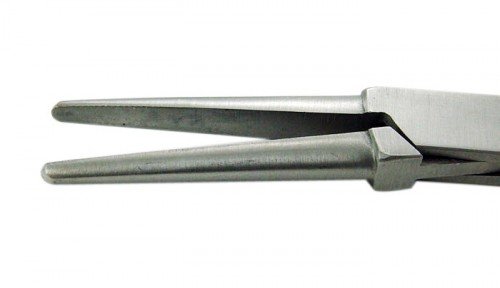The following tale is absolutely true, and serves as a warning for anyone who owns a smartphone. Don’t let this happen to you!
Symptoms: An Overheated, Data-Munching, Battery-Gobbling Phone
For months after I got my iPhone in November of last year, I thought that the phone battery life was just terrible and there was nothing I could do about it. It seemed that if I used the phone for an hour straight, I’d lose almost 50% of the battery and have to charge it again. But since most people I talked to had similar results out of their phones, I thought it was just something I’d have to live with.
After a few months, I began noticing that my phone’s Otterbox case had begun to warp, without ever being exposed to high heat (or at least that’s what I thought). The “Home” button became harder to push–I had to align the soft silicone part of the case just right to get the Home button to press down, and in other areas of the case, the silicone no longer made a tight seal with the plastic part of the case. I had been really careful with my phone not to let it spend time in the sun or in a hot car, so I had no idea what was going on.
At the same time, I also noticed that my data usage was going up, and that the phone’s back was often very warm to the touch, even when I wasn’t actively using it and it was set aside on a cool surface. What in the world?
A Simple Little Fix…
About a month ago, I was talking with one of my friends who also owns an iPhone, and he mentioned something about “closing” apps to prolong battery life. “Do you ever close your apps?” he asked. “That might be what’s heating up your phone.”
“Well, yeah,” I replied. “I hit the Home button when I’m done with an app and it disappears, so it’s closed, right?”
“Nope,” he said, shaking his head. “You actually have to CLOSE the app. Lemme show you.” And he double-tapped the Home button on his phone, so that his recently used apps appeared…then he held his finger on one of the icons. It began to jiggle around, with a red minus-symbol circle in its top left corner. He tapped that little symbol–and the icon vanished!
“What’d you do?” I asked.
“I closed the app,” he replied. “That’s what you have to do to really close ’em–otherwise they just keep running in the background. And too many apps running in the background can heat up your phone.”
This was an epiphany to me, as I double-tapped my own Home button and realized just exactly how many apps I had running (almost 30!). I closed each one of them, then checked the phone about an hour later–it was much cooler to the touch, and it had not lost nearly as much battery as I had been used to it losing.
The Story’s Not Quite Over
Unfortunately, though I had seemingly solved the battery life loss problem, I still had an issue with the phone getting very hot very quickly when I used it, and my data usage was still strangely high. This problem took a bit of Googling to fix, and finally I ran across this little file path to view my Usage Data:
Settings > General > About > Diagnostics and Usage > Diagnostics and Usage Data
Once I checked this data file, I discovered that an app I wasn’t even using all that much (RedLaser) was constantly trying to connect to some server and always failing. And by “constantly,” I mean that the file was literally FULL of failed requests–screenful after screenful of them. I was flabbergasted. And it was doing this even when I thought I had closed the app!
Since I wasn’t using the app anyway, I went ahead and deleted it…and for the last month, I have enjoyed regular data usage and regular temperatures while my phone is in use!
Moral of the Story: Close and Manage Your Apps!
If you’re having any of the problems I was having with my phone, try the following solutions:
- Completely close all apps when you’re finished with them
- Disable or delete any apps that keep using data even when you’ve tried to close them
- Keep an eye on your data usage and your phone’s temperature
For more information about keeping up with your data usage, Lifehacker’s smartphone data article gives a range of solutions for any smartphone.
“Closing Apps” Guides for Various Smartphones
How to Close iPhone Apps
How to Close Android Apps
How to Close BlackBerry Apps































